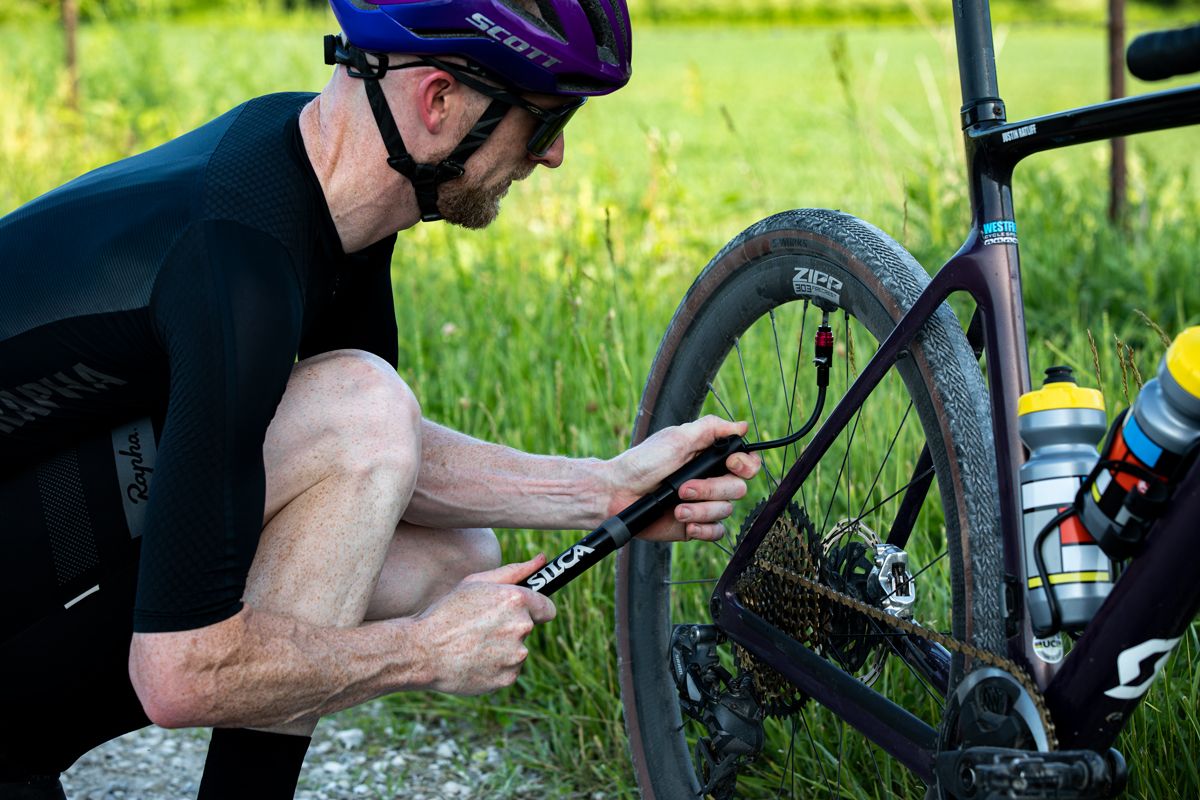
Best bike pumps
Make dealing with flats out on the ride and tyre fitting at home a breeze using one of the best mini or track pumps
Your bike's only contact with the ground is a relatively small amount of tyre, so it's vital to ensure that it is inflated to the correct pressure every ride. Owning one of the best bike pumps will make tyre inflation much easier and quicker.
There are two main styles of pumps available for cyclists: hand or mini pumps, which you can carry with you on a ride in case of a puncture or loss of pressure, along with some of the best tyre levers and multi-tools; and floor pumps (also known as track pumps), which you can have at home when you require quick inflation, setting up some of the best road tubeless tyres or minimal effort in general.
You can trust Cycling Weekly. Our team of experts put in hard miles testing cycling tech and will always share honest, unbiased advice to help you choose. Find out more about how we test.
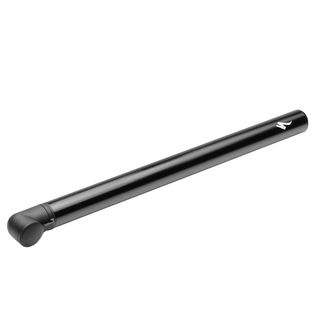
Best for quick inflation
Delivers plenty of volume per stroke. Lightweight, but too long to carry in your pocket so you'll need to use the frame mount.
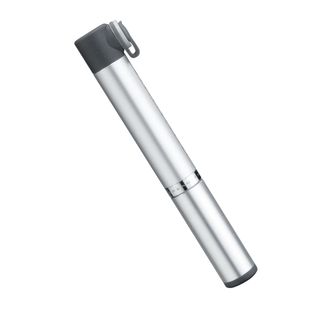
Easiest to stow
At just 160mm long and 65g, it might even be compact enough to fit in your saddlebag. Despite its size, it's comfortable to use.
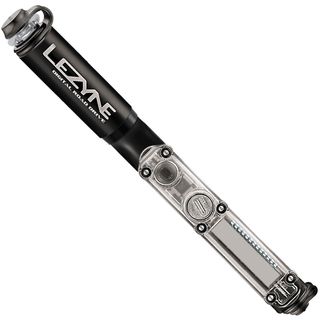
Best for pressure readings
Achieve an accurate digital tyre pressure reading from the swift and efficient Aluminium pump while out and about.
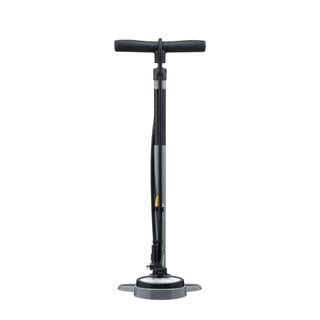
Best easy to read gauge
The large gauge is easy to read and accurate, while the pump as a whole is well put together and keenly priced.
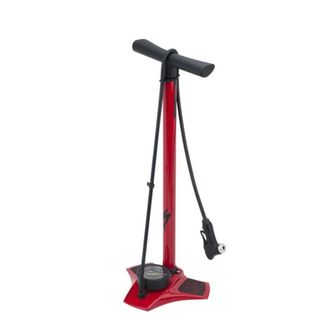
Best do all floor pump
The SwitchHitter head auto-adapts to the valve type, and the dual-scale gauge makes it easy to lower the pressure in gravel tires.
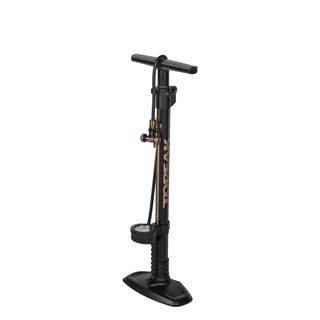
Best budget bike pump
Efficient and stable, the Max II track pump is a great wallet-friendly option from the Topeak JoeBlow range of bike pumps.
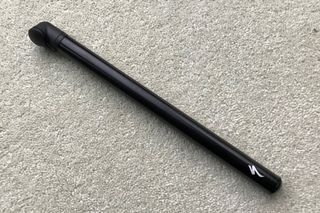
Specialized's Air Tool weighs under 100g and inflates tyres quickly
Our expert review:
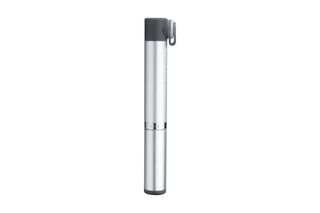
At just 65g Topeak's Microrocket AL is lightweight and easy to store
Our expert review:
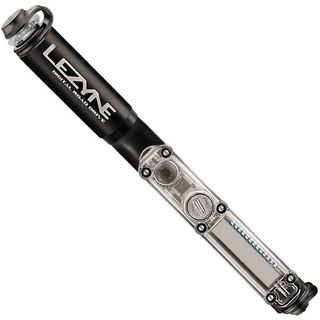
Lezyne's Digital Road drive features an easy-to-read gauge
Our expert review:

Cycplus Tiny E-Pump AS2
Our expert review:
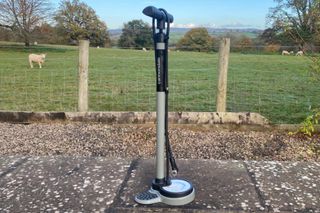
Cannondale's Precise Floor Pump boasts a large, easy-to-read gauge
Our expert review:
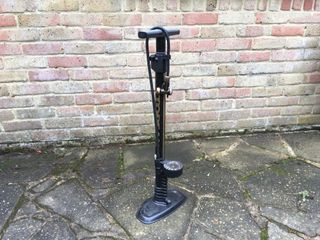
Topeak JoeBlow TUBI 2-Stage
The Tubi 2Stage pump incorporates a knurled knob to remove a Presta valve core so that you can get more air into a tubeless tyre more quickly, promoting seating. That's Stage 1. You can then refit the core and flip a switch to get things up to operating pressure using Stage 2. There's an adapter if you want to pump Schrader valved tubes.
Read more: Topeak JoeBlow Tubi 2Stage bike pump full review
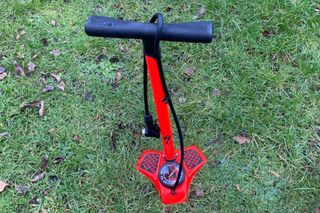
The Air Tool Comp's head automatically adapts to the valve type
Our expert review:
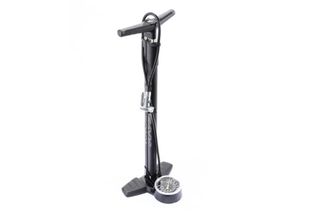
Topeak JoeBlow Ace DX
If rapid inflation is a requirement, then the Topeak JoeBlow Ace DX towers over many other pumps not only in height but also in capability. In its '60' setting, the Ace DX inflated our test 700x25c tubeless tyre to 100psi in 11 monster strokes, making it the best bike floor pump for swiftly inflating your tyre.
Read more: Topeak JoeBlow Ace DX bike pump full review
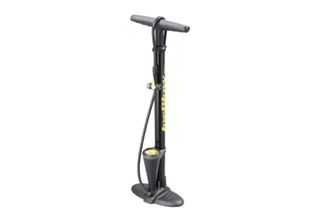
A wallet friendly price tag makes the JoeBlow Max II a reliable choice for cyclists on a budget
Our expert review:
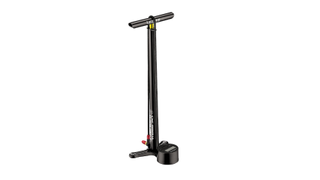
Lezyne's Gravel Digital Drive Pro delivers a high volume per stroke ratio making it well-suited to wide gravel tyres
Our expert review:
Fundamentally there are three different ways to inflate your bike tyres. We have lots of detailed information below, but as a quick summary:
Mini pump - The best portable bike pump will balance the ability to inflate your rubber and being small enough to carry in your rear pocket or stow on the frame. Your riding priorities will help you focus your decision here as, like all bike pumps, each one will lean towards a specific talent, eg micro size and weight, but not great at achieving much more than getting you home tyre pressure, or great PSI capabilities but heavier and frame mounted.
Floor pump (aka track pump) - In the main, this is a stay-home pump and the best way to achieve higher pressures, especially when going from totally flat. Most will include a pressure gauge so you can make sure your tyres are properly inflated before heading out for your ride. Some floor pumps include an 'air chamber' which can be pumped to high pressures in order to seat tubeless tyres. You may see them called reservoir pumps.
CO2 Inflator - Technically this isn't a pump as it contains compressed gas, which can reach up to 120psi in seconds. There are pros and cons to this system, more of which is explained in detail on our page dedicated to the best CO2 inflators.
A mini pump is a small, portable pump designed to be carried with you on your rides. Sizes do vary - some are small enough to fit in a pocket or saddle bag whilst others might need to be frame-mounted. This portability comes at a cost though, and they are not the most efficient way to inflate a tyre so are primarily for emergency use if you suffer a puncture away from home. A good mini pump should be able to inflate a road tyre to 50 or 60 psi (enough to get you home) without too much trauma but be prepared to be pumping for a while as their diminutive size means that not much air is being moved with each stroke. Typically, a mini pump will take several hundred strokes to reach a reasonable pressure.
Some mini pumps attach directly to the valve whilst others include a hose to make life a bit easier, and most will work with both Presta and Schrader valves by swapping the head about. Integrated pressure gauges are definitely not an essential element of a mini pump, although some do include them, so don’t worry if a pump doesn’t have one.
Size, weight and efficiency are the three main elements to consider, along with your particular use case.
Racers and riders who don't venture too far from home will probably opt for the smallest pump available as they don't expect to have to use it much. Bikepackers and long-distance tourers, on the other hand, might prefer to sacrifice some compactness for greater efficiency and ease of use as it's more likely that the pump will see some action and less likely that there will be a convenient bike shop or taxi around if the worst happens.
You don’t have to inflate many tyres with a mini pump before you realise that a track pump is a necessity, not a luxury. With far larger chambers two-handed handles and a stable base, a track pump will inflate a tyre in a fraction of the time that a mini pump takes. Furthermore, as you can use your bodyweight to lean on the pump, each stroke is far easier and more efficient too.
Usually, a track pump will have a long hose with a double-ended head that works with Schrader and Presta valves without the need to swap any fiddly parts and a sturdy foot plate to stand on for better stability. It will probably have a pressure gauge, so riders who like to fine-tune their set-up to the conditions(CX racers for example) have a better idea of how much air is in the tyre. The accuracy of these integrated gauges can be a bit questionable though on some pumps, so a separate digital pressure gauge is better if it really matters.
More recently, as tubeless tyres have become popular, some track pumps also include a separate, second chamber that can be pressurised and used to pop the tyre onto the rim initially.
Most track pumps will do the job adequately, but there are certain features that might appeal to you more than others.
Make sure that you get the right style of pump - large bore pumps are better at inflating bigger gravel and MTB tyres whilst pumps with a narrower bore are easier to use on high-pressure road tyres. If you use tubeless tyres then you might want to look at the type of pump that includes a second chamber that is designed to open the tyre onto the rim easily whilst if exact tyre pressure is important to you then an accurate, easy-to-read gauge is essential.
It is sound advice to always carry a mini pump with you, even if you also carry and use CO2 cartridges. Most experienced cyclists have experienced the frustration of a double puncture, induced by a nasty pothole or freshly cut hedge, and a CO2 cartridge can only pump up one tyre. It can also be very easy to not attach your inflator correctly to the valve, and lose all the CO2 without getting any in your tyre.
If you are striving for a KOM or personal record and are sure that back-up is available, then by all means ride with just CO2, but when some of the pumps on test weigh a scant 65g we would suggest that it is always worth sticking one in your pocket.
It is also less wasteful and cheaper to use a pump in the long run.
Most mini pumps come with clips to attach the pump to the frame, or, if it is small enough then the pump can go in a pocket, saddlebag or tool tub.
Carrying it in a pocket is the simplest solution, but it takes up space, might get forgotten and can get wet/dirty, particularly off-road. Similarly, if you use the bottle cage mounts, the pump will be exposed to all the spray and mud from the road or trail which might cause damage in the long term, but as it is on the bike it won't get left at home and is easy to get to. If you do use on-frame mounts, then it's worth ensuring that the pump's head is turned away from the direction any muck is likely to come from so it stays clean.
This leaves my personal preference, which is to keep the pump in a saddle bag or tool tub - out of harm's way but accessible and always with the bike. This option does require a pump that is small enough or a bag that is big enough to make this work.